EARTH
Trees
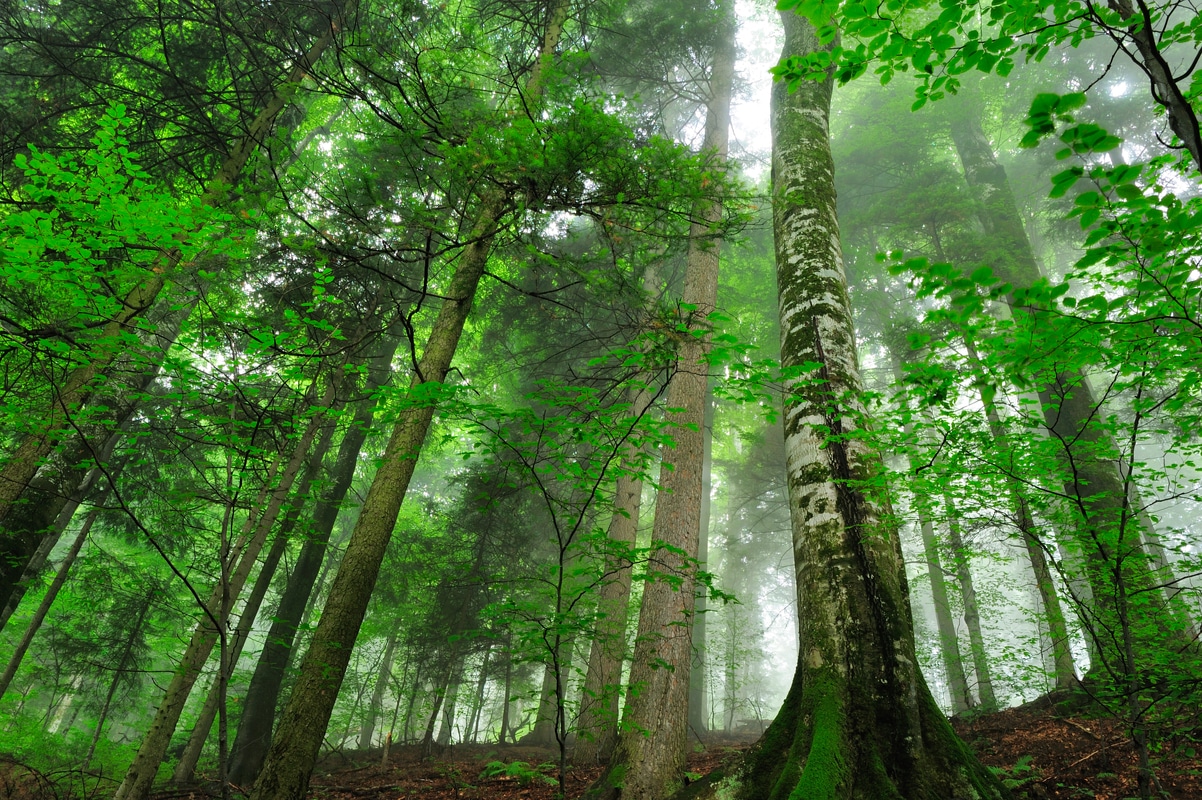
Forests come in many forms: from towering trees like pines and oaks to dense mangrove forests that grow along coastlines. Whether inland or on the shore, forests are powerful ecosystems that the earth and its inhabitants rely on; but why are forests so crucial?
Trees & Climate
Carbon is an element, meaning that it is one of the basic building blocks that makes up everything around us.
Carbon can be found in: humans, plants, animals, trees, fuel, etc!
Though carbon is all around us and necessary for life, it becomes an issue when too much carbon dioxide gas is released into the atmosphere. The buildup of carbon traps heat in the atmosphere causing the Earth to exceed normal temperature levels.
This large accumulation is in part due to industries, such as manufacturing, which produce an excessive amount of it.
The unnatural heating of the earth caused by excess carbon can result in:
Rising Sea Levels

As polar ice melts into the ocean, sea levels are expected to rise from 1-8 feet by 2100
Intense Storms
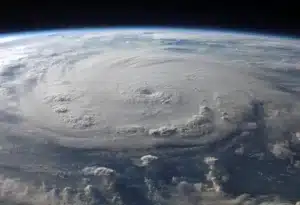
Changing climate and atmospheric conditions will lead to more intense storms
Drought & Heat

As climate patterns shift, some parts of the world will see hotter and drier conditions
Longer Fire Seasons
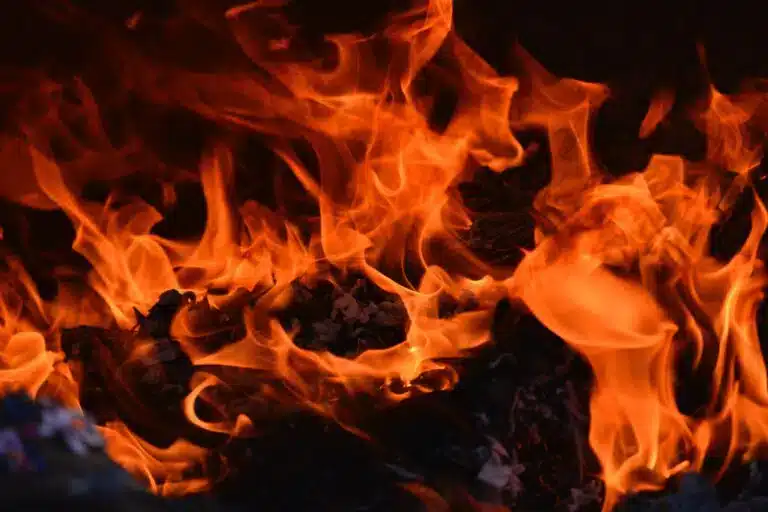
Hotter and drier conditions will lead to longer and more destructive fire seasons
Shifting Seasons

Such changes are affecting seasonal patterns, which are important for growing seasons, life cycles, migration, etc.
One way these emissions can be minimized is through healthy forests. Plants take in, or sequester, carbon during photosynthesis, using it to help them grow. Forests sequester large amounts of carbon to keep themselves healthy; they capture about 30% of the earth’s carbon emissions every year! These high levels of carbon intake have earned them the title of a carbon sink. Alongside oceans, soils, and wetlands, forests help reduce large amounts of carbon in the atmosphere.
Sinks refer to natural systems that absorb and store carbon dioxide and other gases from the atmosphere. When we disrupt or destroy carbon sinks, not only do we stop them from providing this service, we also release the carbon they have previously stored. So protecting these sinks, and ensuring they are resilient and healthy, is a critical strategy for environmental action.
Air
Not only do trees hold carbon, but they also provide us with the clean air we need to live. When a tree takes in carbon, they use the sunlight to transform it into nutrients to grow. The outcome of that process is oxygen which is released into the atmosphere.
Older trees produce more oxygen than younger trees. Similarly, certain tree species (like the Douglas Fir, Spruce, Beech, and Maple Trees) release more than others.
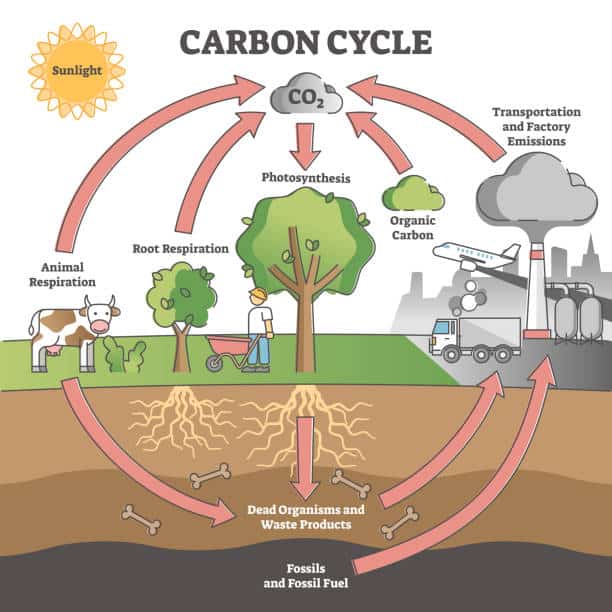

Green Spaces
Green spaces refer to outdoor recreational areas that are open to the public for activities such as relaxation and exercise. These spaces are important gathering areas for communities and a place where members of the community can gather and meet one another. They also can serve as a wonderful place to learn about nature, as many green spaces help preserve natural landscapes.
With the rise of technological use, it is important to take time away from the screen. Psychologists have found that unplugging from technology and spending time outside can positively affect one’s mental health. Scientists noticed that simply living near green spaces led to improved cognitive ability, especially that of focus among participants.
Wildlife Habitats
Not only do forests sequester carbon and provide fresh air, they also serve as important shelters.
Around 80% of amphibian species, 75% of bird species, and 68% mammal species call our forests home. Among these residents are animals that are threatened or endangered, and rely on the health of our forests for their species to continue to survive and thrive.
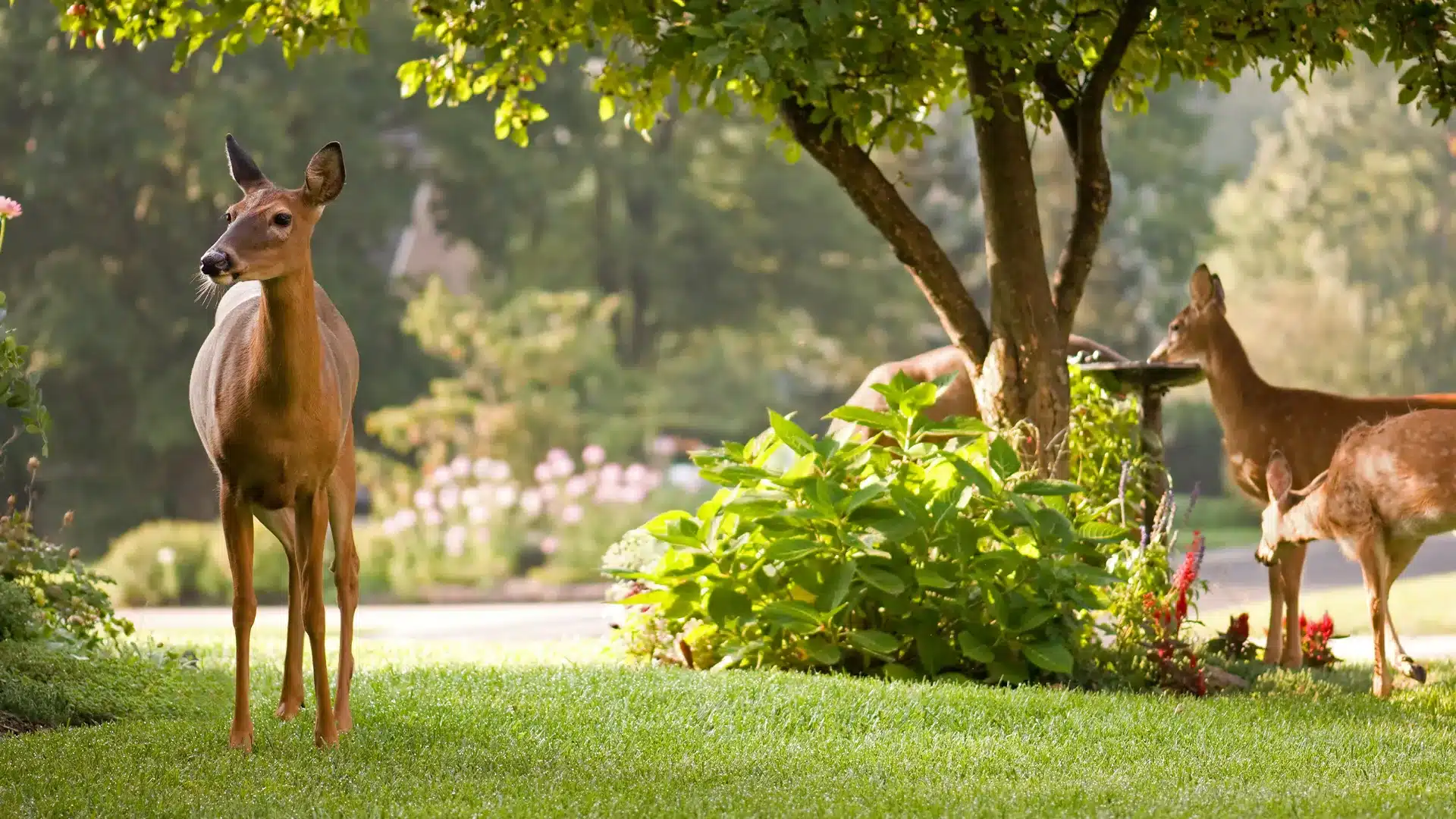
What happens when trees disappear?

